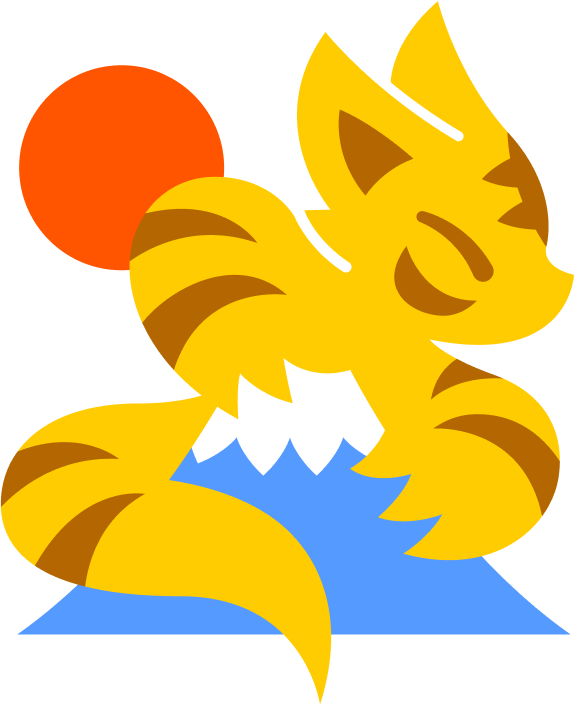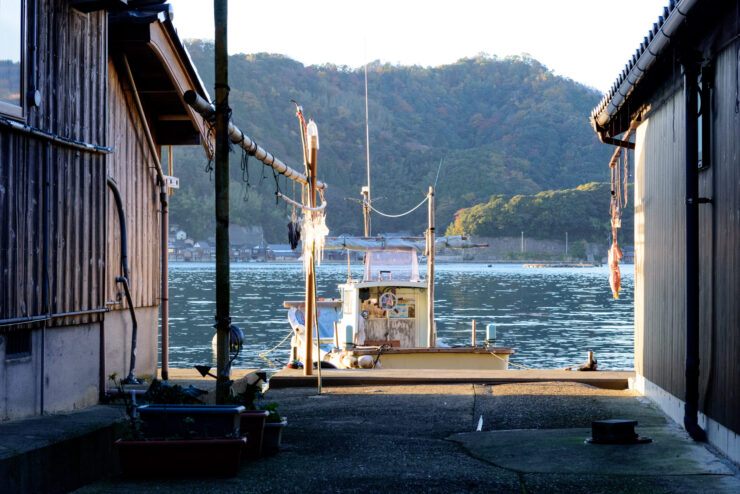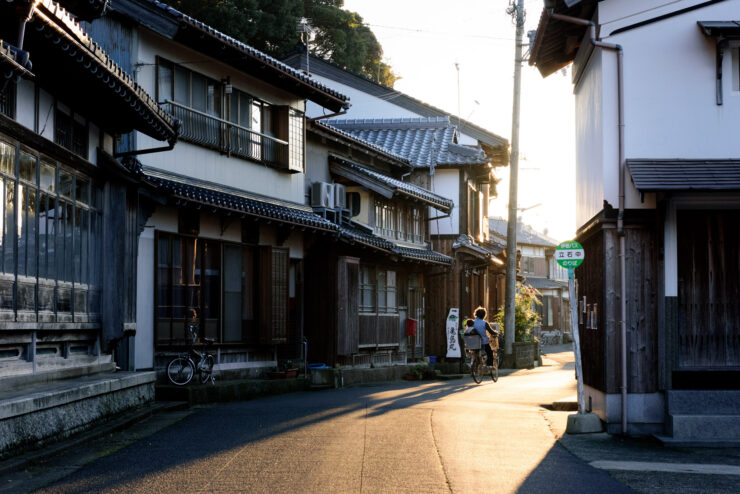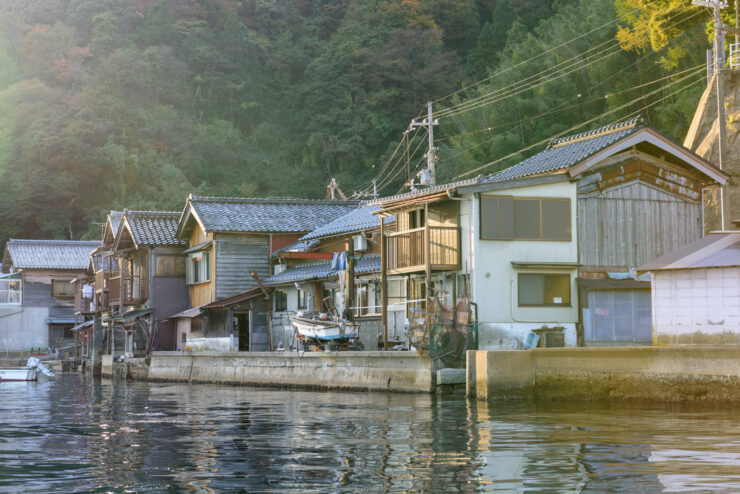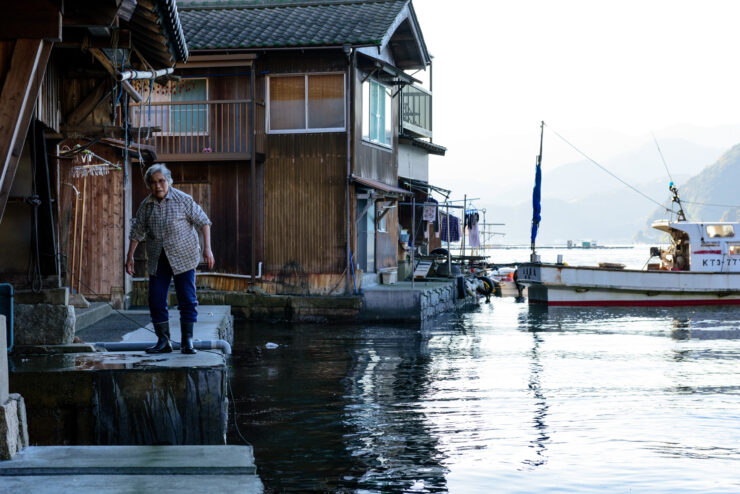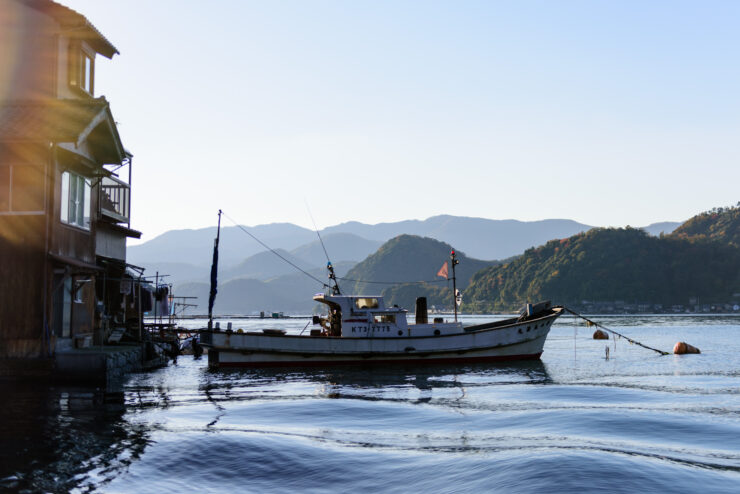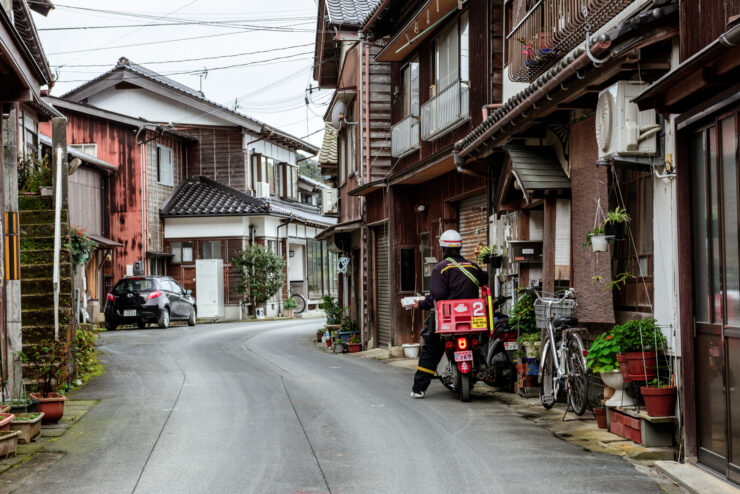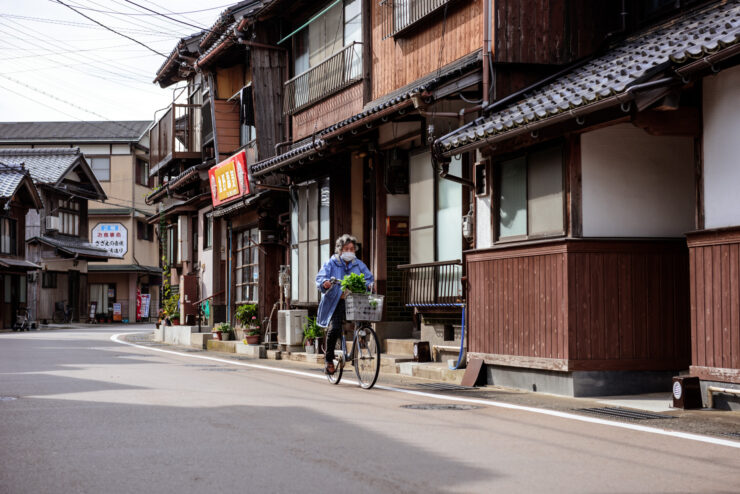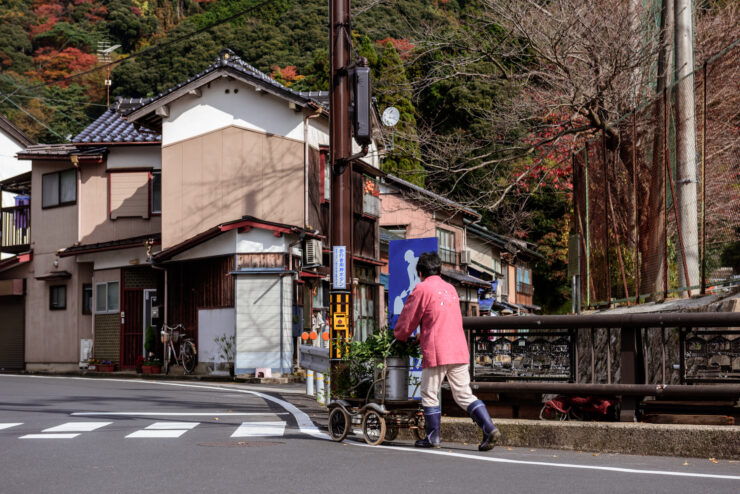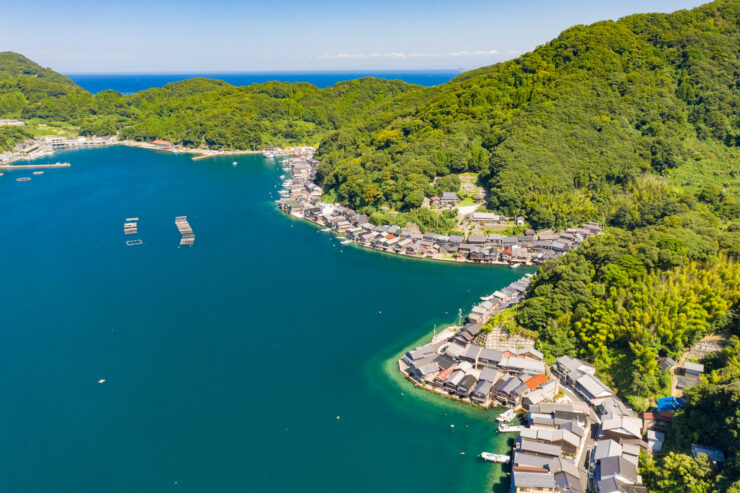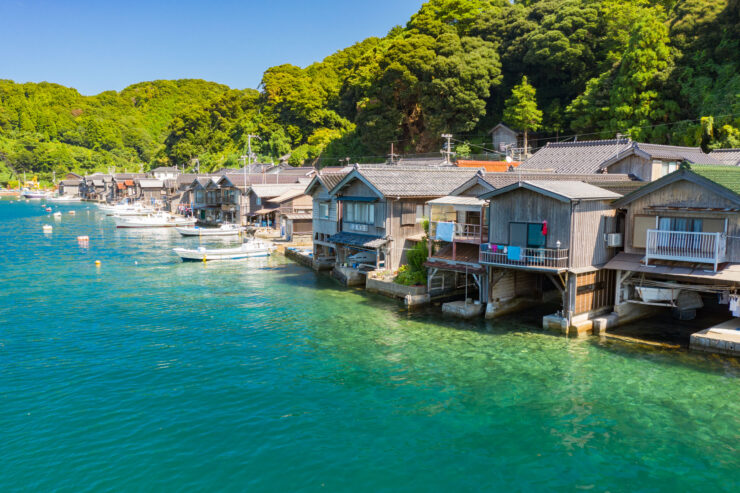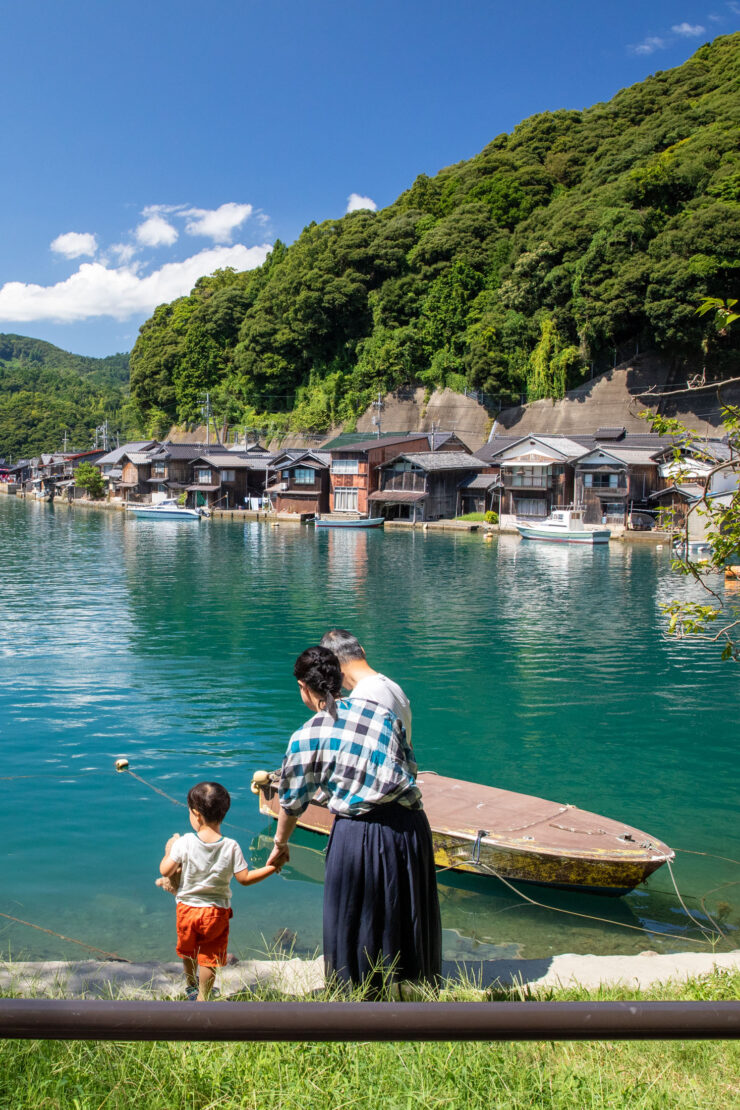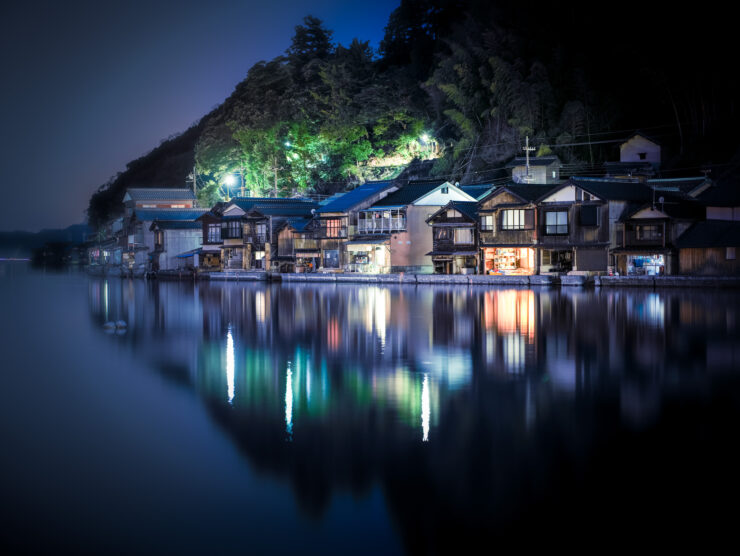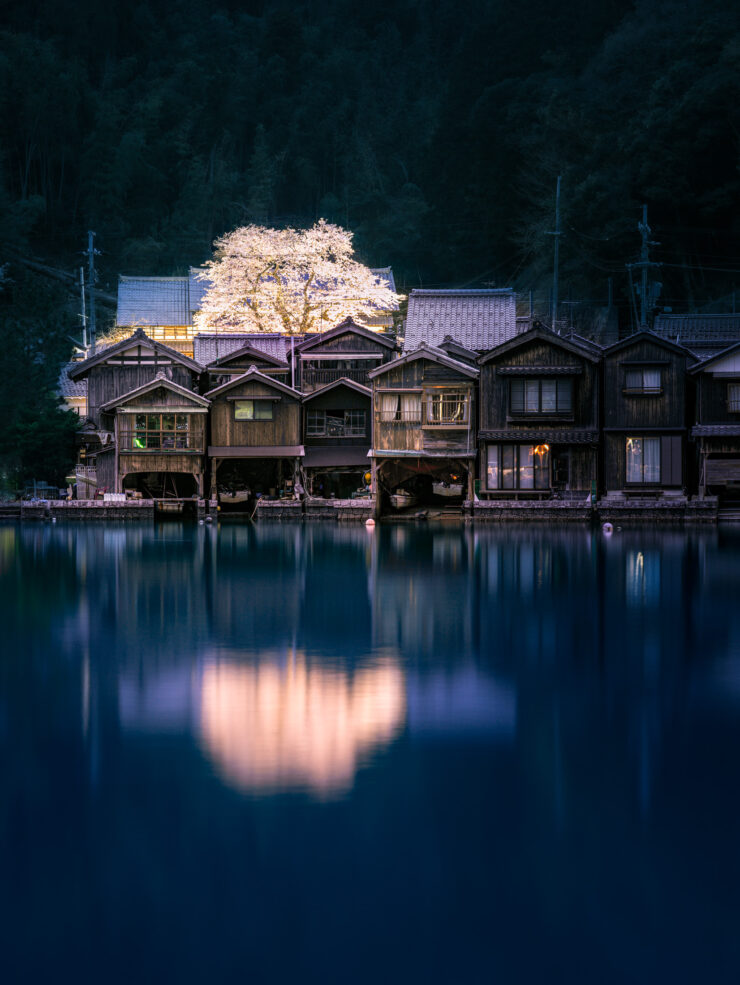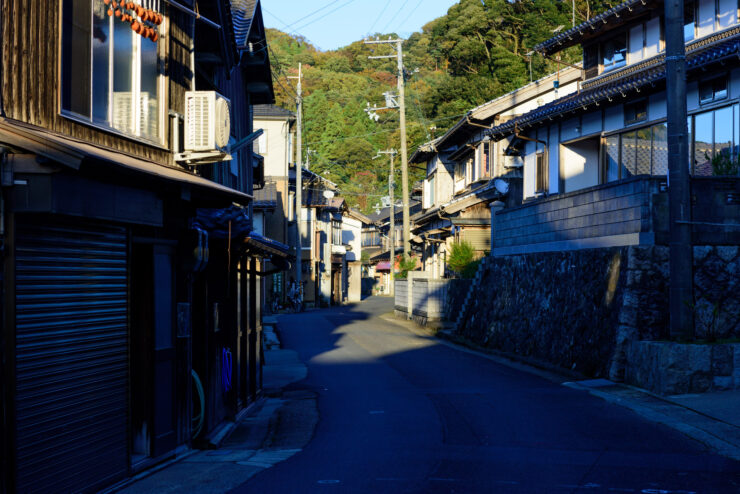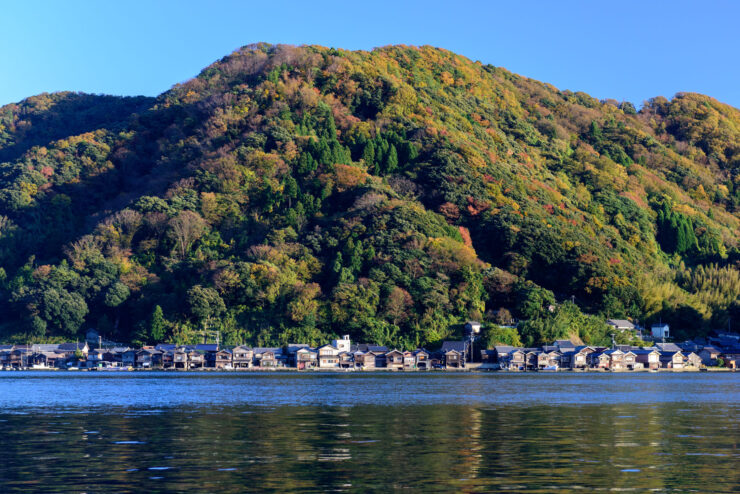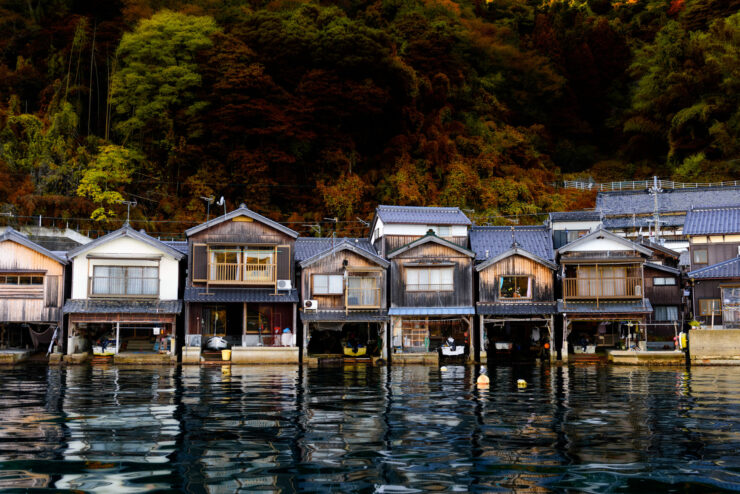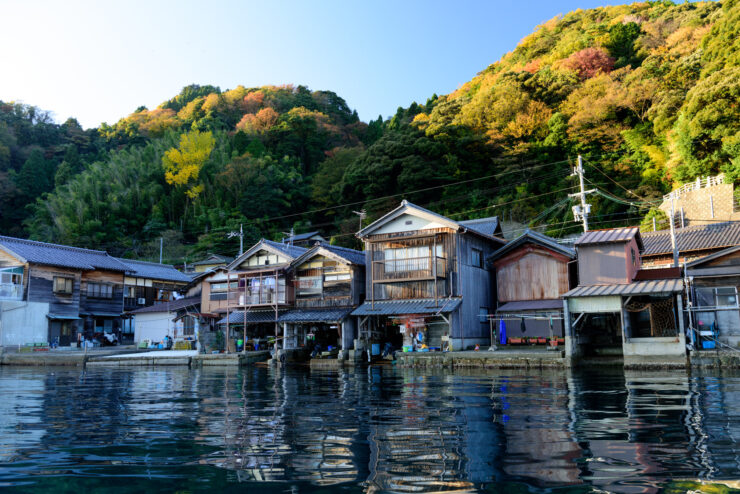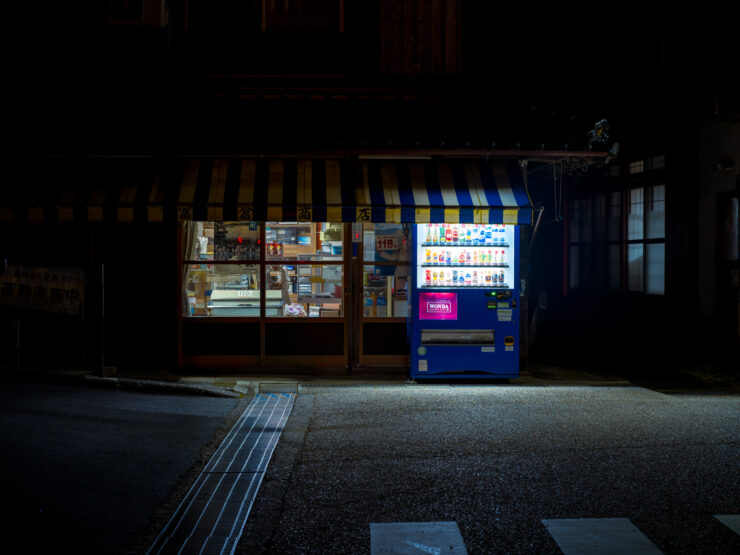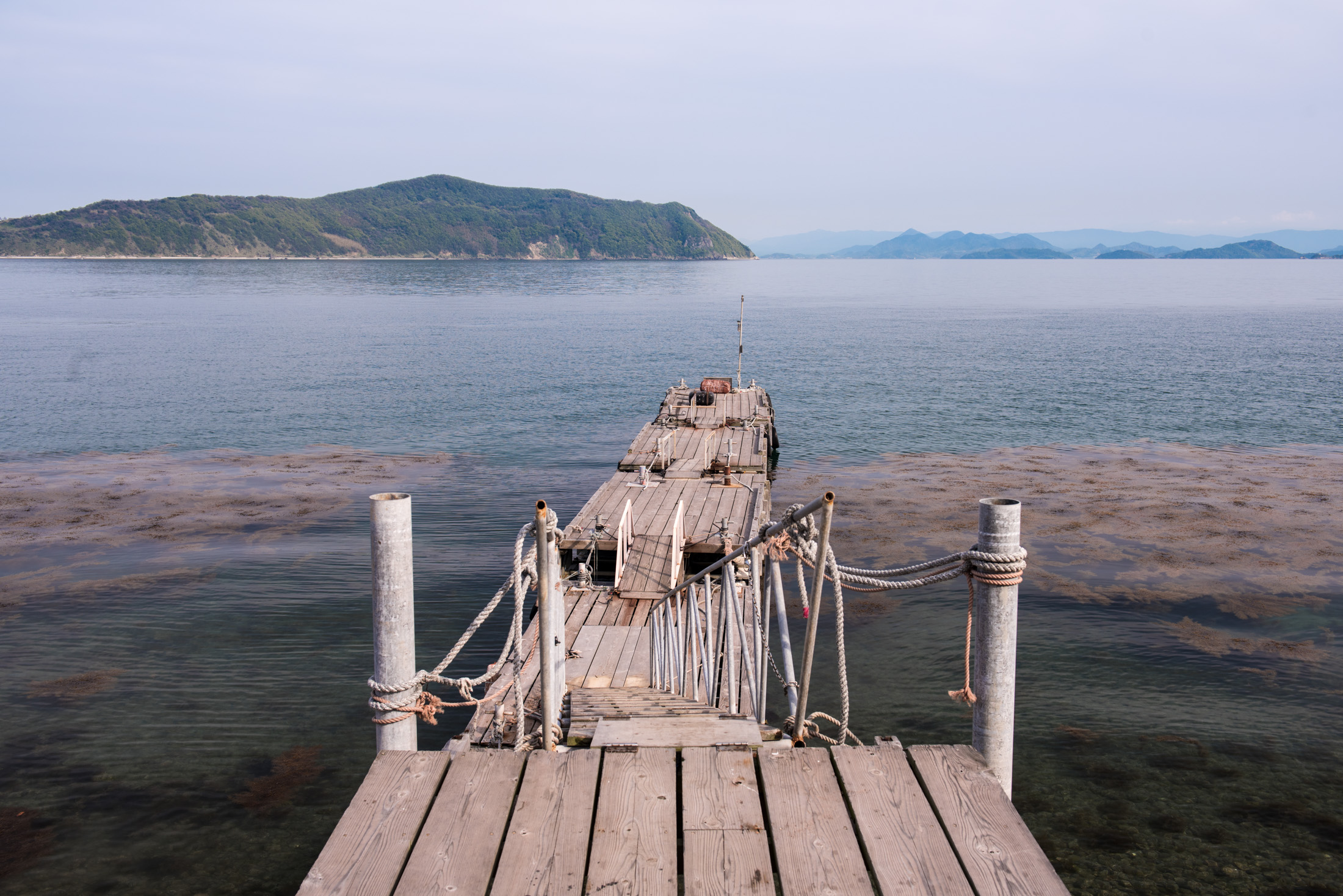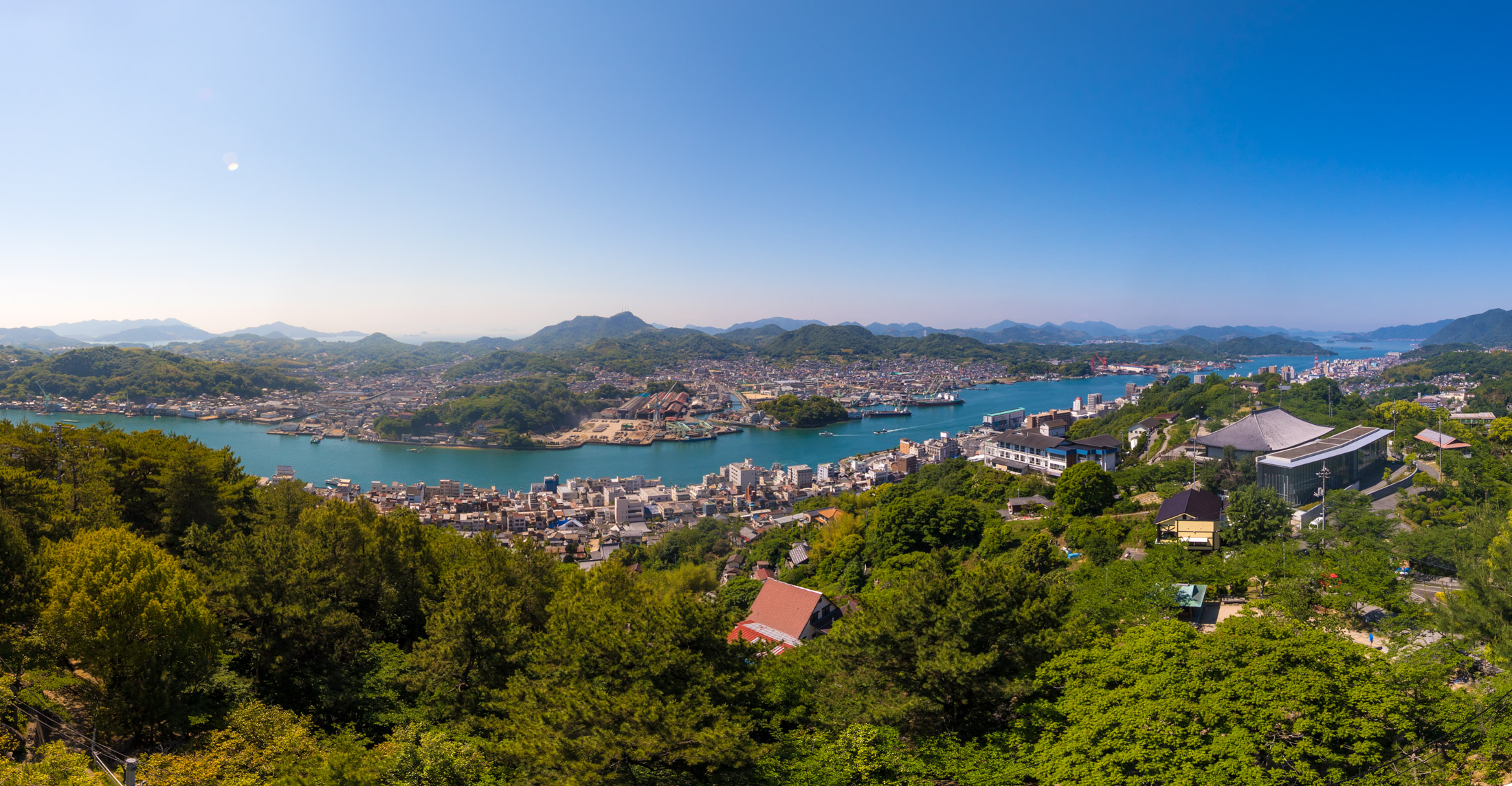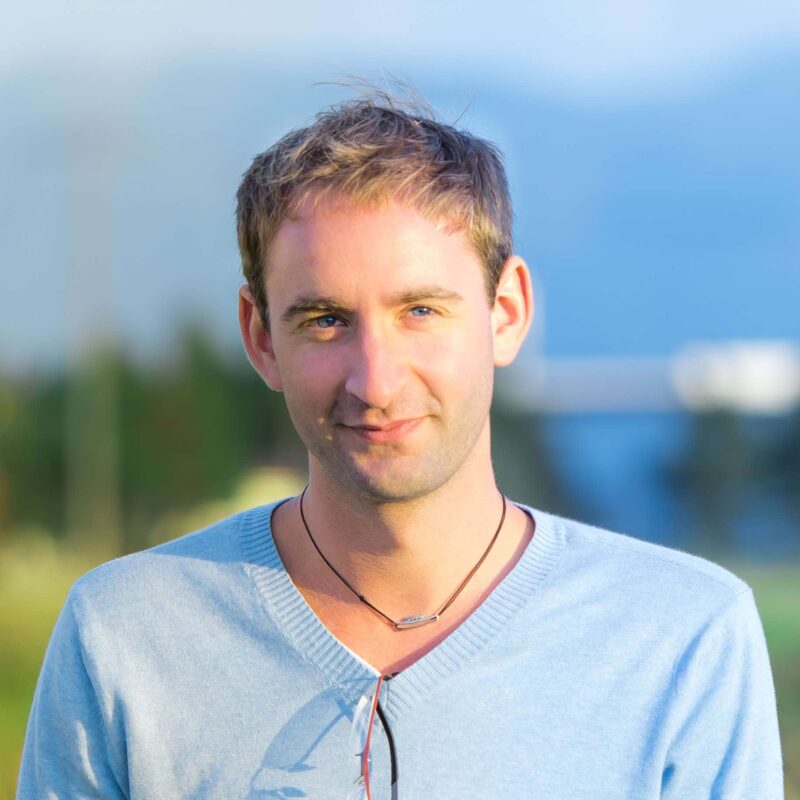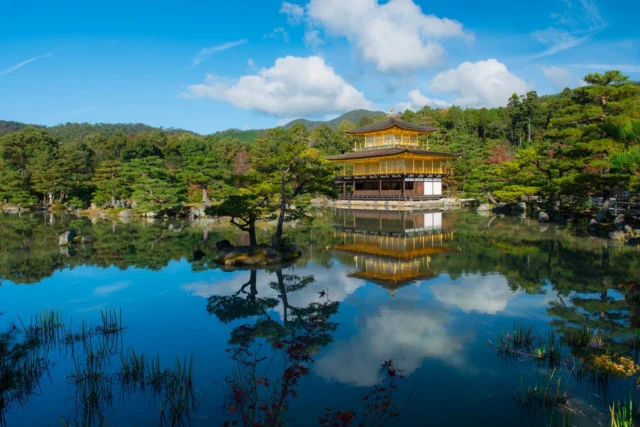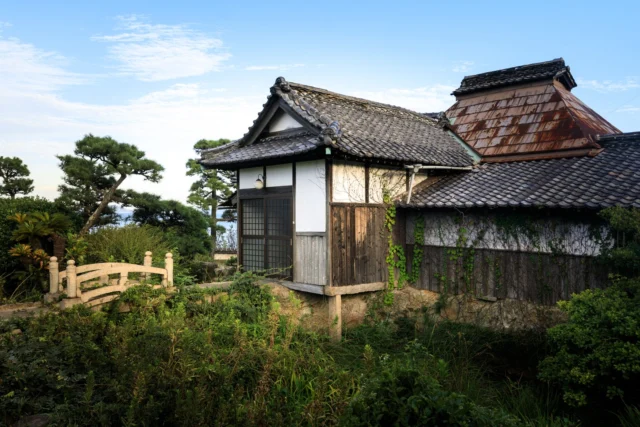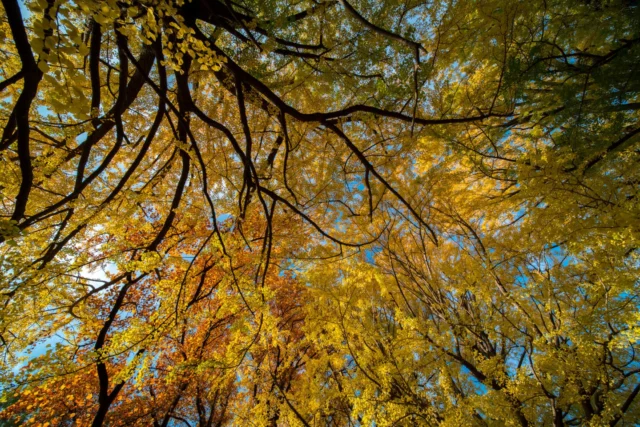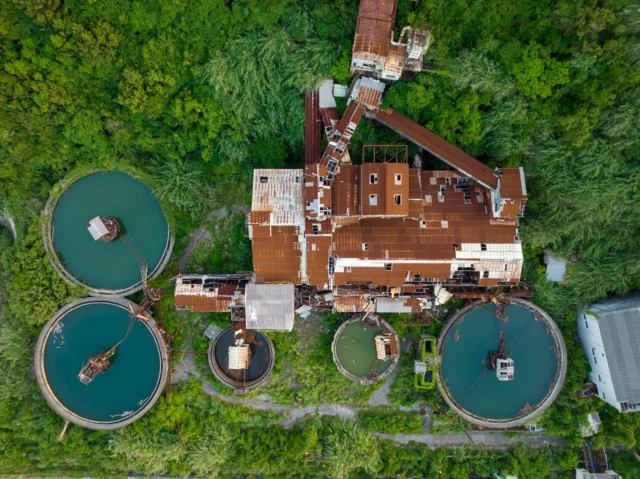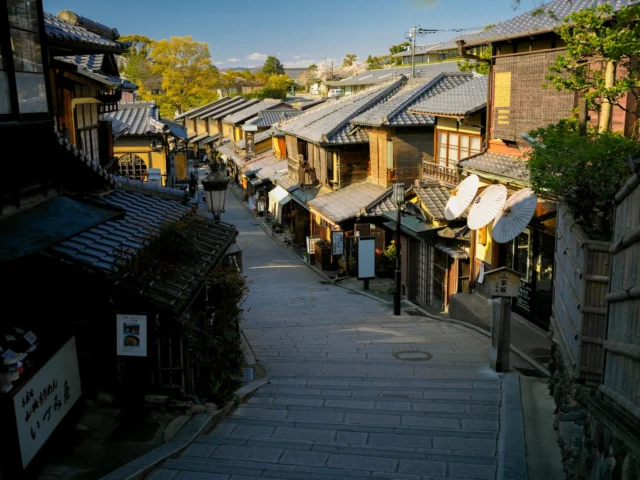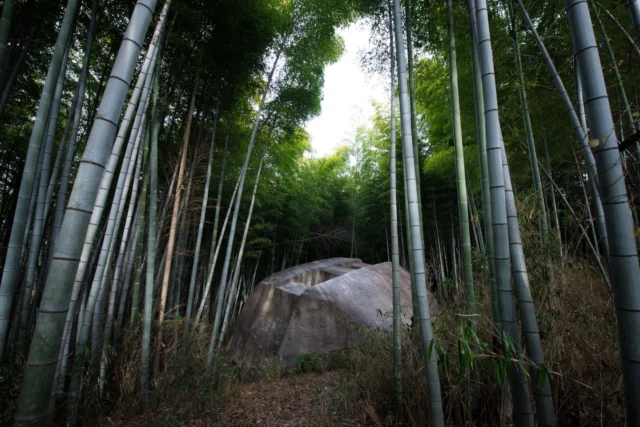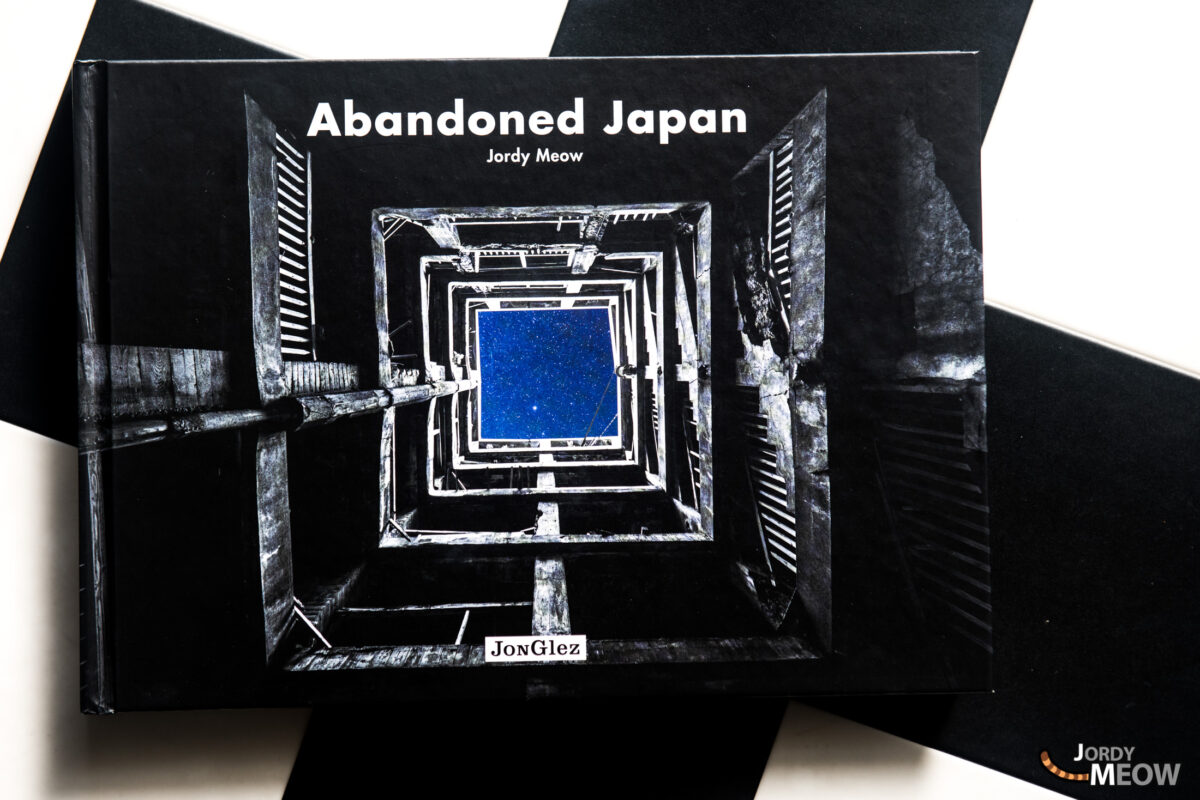The fishing village of Ine, in Kyoto prefecture, lies at the eastern end of the Tango peninsula. This authentic settlement extending for 5 kilometres along Wakasa bay is known for the architecture of its traditional fishers’ huts (funaya). The Japanese term funaya literally means “boat house”: 舟 fune = boat, 屋 ya = house.
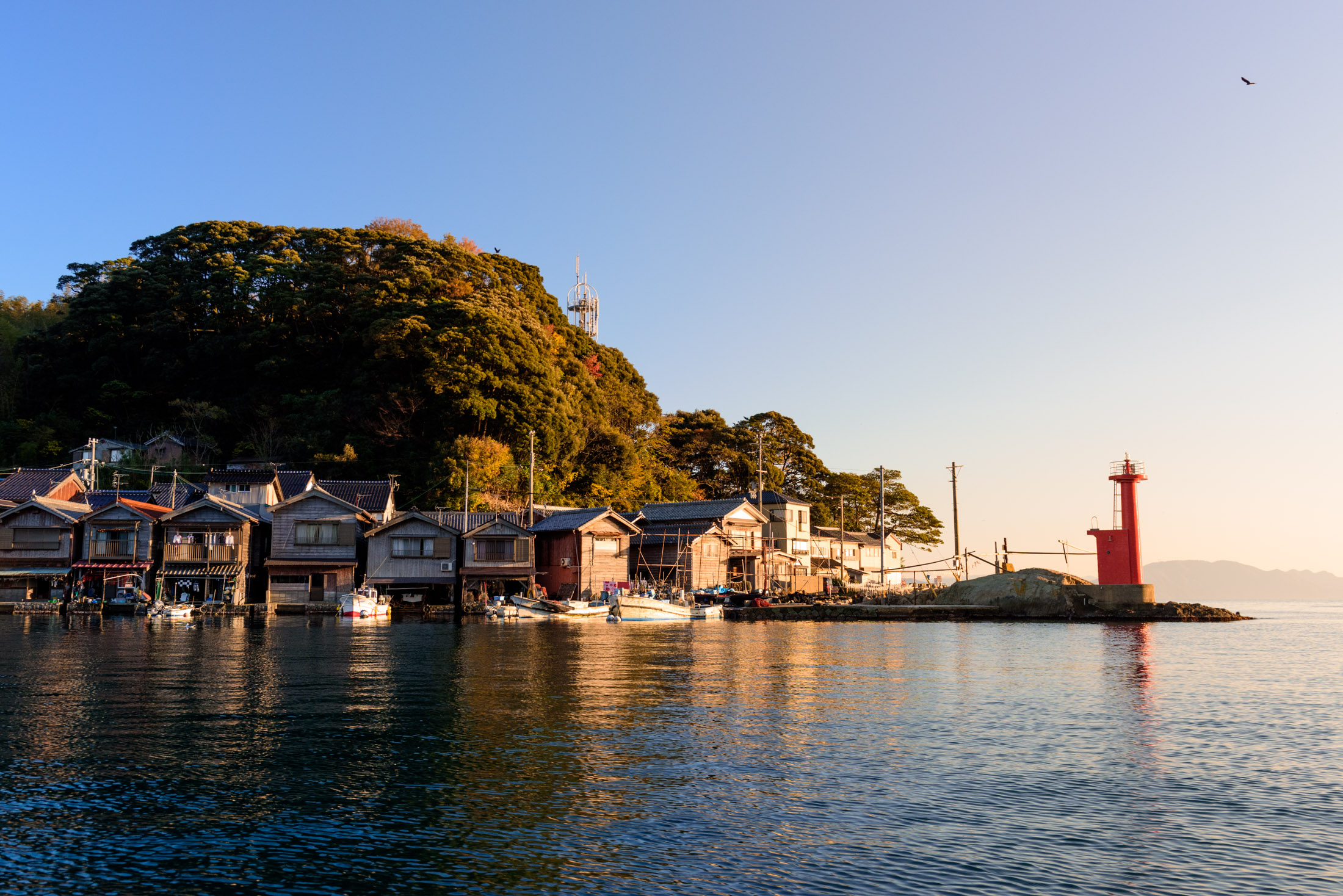
Boat houses built on the water
The funaya, built on stilts directly at the water’s edge, are used as sheds for fishing boats. The village today has over 200 of them, still used by locals who make their living through the marine harvest.

The ground floor of these huts, overlooking the sea, stores the fishing boat. The first floor is traditionally used for other purposes such as preparing fishing nets or storage space. Almost all funaya have a large fishing net that acts as a fresh fish reserve for the family.
The family home, called “omoya”, is usually across the street from the boat house. But some owners have converted the first floor of their funaya into an annex to accommodate visiting relatives.
Sometimes you can even rent a room, because some are used as boarding or guest houses. Spend the night there and wake at dawn to a view of the bay.
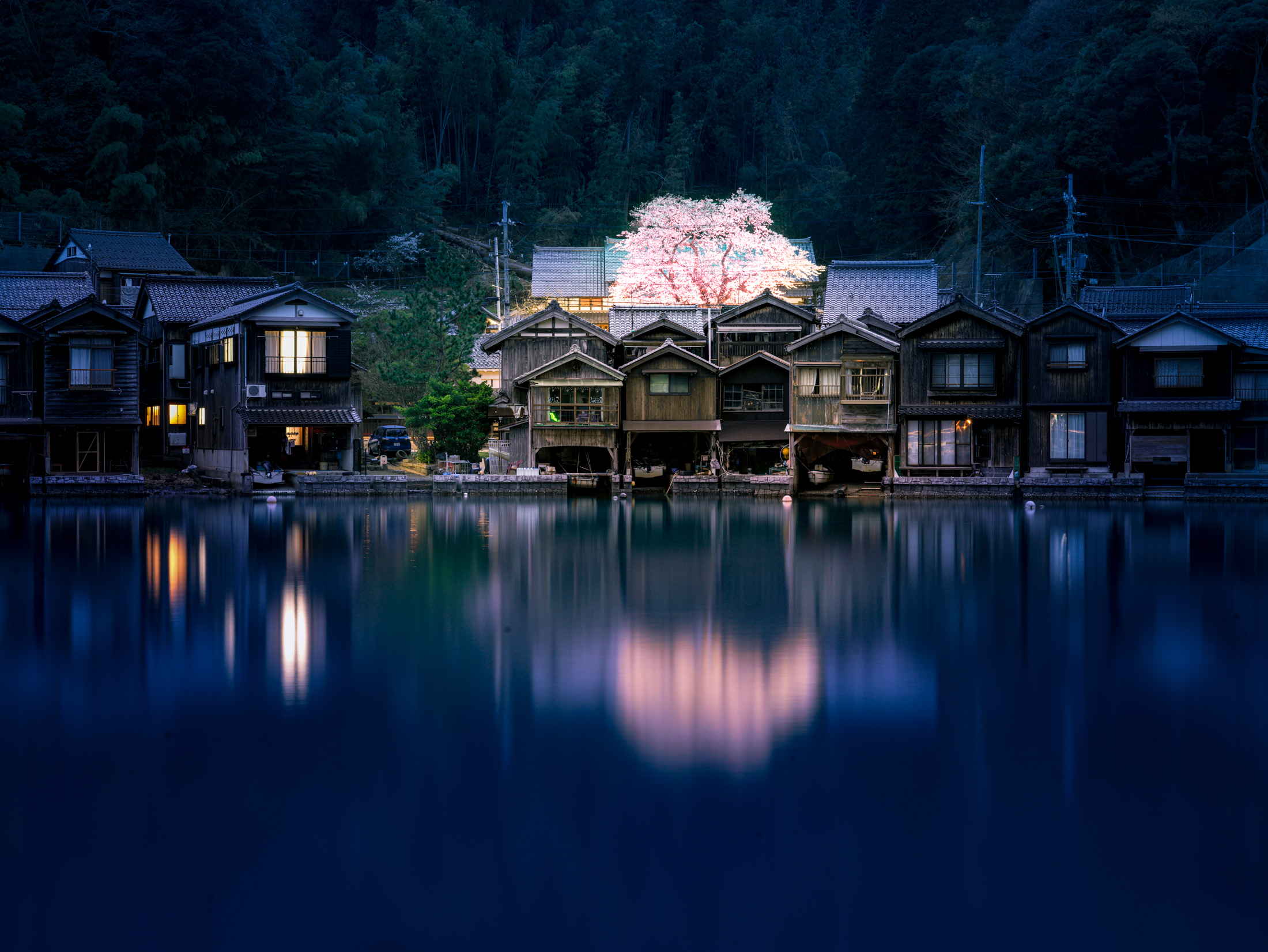
Fishing village turned tourist attraction
Most boats now used for fishing are larger than the traditional wooden craft, so they may no longer fit in the sheds. In which case they’re moored in front of the funaya rather than inside.
The village was once famous for whaling, but in recent decades the population has been declining and the majority of young people leave to work in the city.
In 1975 the funaya were listed as cultural heritage to be preserved because of their traditional architectural qualities and regional importance. Since then the tourist trade has drawn more and more visitors.
The star attraction is a boat trip round the bay to feed the birds (especially ospreys).
And for more awesome content about Japan, follow Jordy Meow on Instagram ! 🎵
